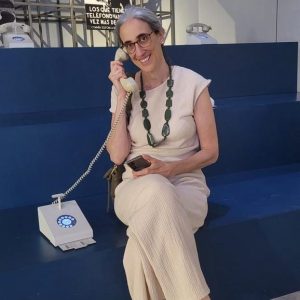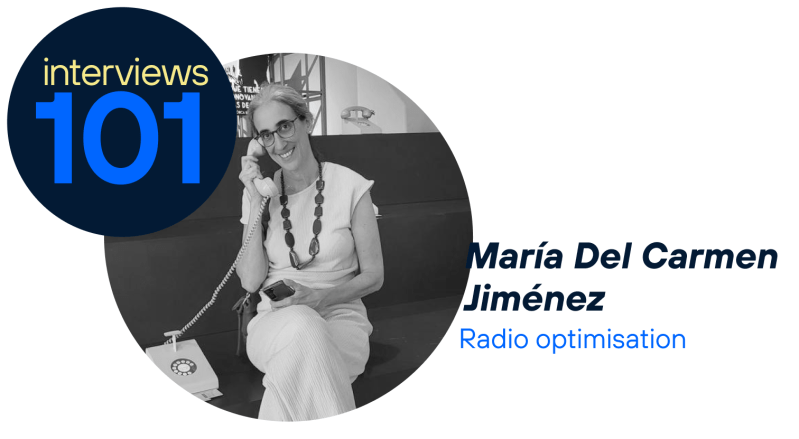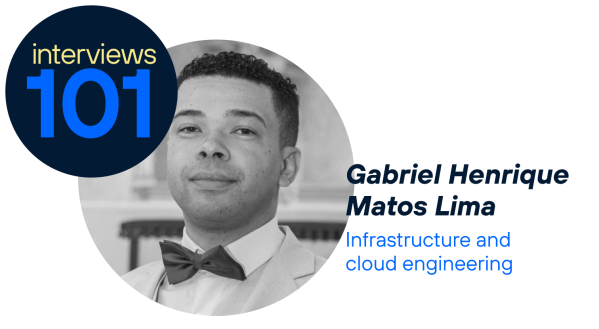I studied Telecommunications Engineering at the Polytechnic University of Madrid (UPM), specialising in radio.
I joined Telefónica Móviles España (1999) in the Transmission Department within the General Network Management Division.
- For the first two years, I worked in Circuit Management. We had divided the entire territory into zones, and our mission was to provide transmission to 2G base stations and the still existing Moviline stations (first generation mobile) to connect them to the Core elements, minimising costs for TME and monitoring each of the circuits until they were put into service.
- From there, I moved on to Studies and Projects, in another department within the same Transmission Division. The objective of my work was similar but at a higher level: analysis and studies of technical-economic transmission projects for the entire network at the national level. Monitoring of the circuit rental contract with Telefónica de España. With the advent of 3G, the need for transmission increased, and we set up an ATM network to concentrate transmission, minimising costs for TME. Unification of the different networks that TME had (data network, service network and user network), simplifying their management and again minimising costs.
When Telefónica de España and Telefónica Móviles merged in 2007, the Transmission Department was dissolved and I moved to the Network Management Department.
- For the first few years, I worked on core elements (mainly SGSN and GGSN). We monitored equipment load, ran simulations and made forecasts to estimate possible congestion and take corrective action.
- I was soon transferred to a group where we carried out ‘What if...’ studies and analyses on a wide range of topics: fibre, radio, television, core, etc.
Around 2013, a new reorganisation meant that I started working on completely different topics. From the Innovation Department, I worked on fibre optic topics: ONL, OLT, etc., until a new organisation meant the disappearance of this department.
And then I moved to Optimisation, where I have been since 2016, specifically in the Optimisation Processes Department. I could go on and on about this because we deal with a wide variety of issues related to the world of radio. We have to be at the cutting edge of radio technology, which is very interesting and challenging. To highlight a few:
- As the name suggests, we are responsible for all processes involving radio optimisation: commissioning nodes and monitoring them.
- We study improvements and developments in each of the 2G, 3G, 4G and 5G networks, although most of the work now focuses on 4G and 5G, and how these improvements and developments should be implemented in our network.
- We monitor the nodes with the worst performance so that our colleagues in the area can try to improve them.
- We participate in special projects (Rural, AVE, Private Networks, IoT, etc.) to integrate them into all our processes...
- We test and define the modus operandi of tools that help to optimise the network.
All projects are customer-focused, as radio optimisation is nothing more than providing the best air interface performance to our end customers, both in voice and data.
My professional career has evolved in step with different technologies, and specifically within the world of mobile telecommunications, I have been able to work in one way or another from the first analogue network (TMA or Moviline) to the current latest generation 5G network.
Related Content
Communication
Contact our communication department or requests additional material.








